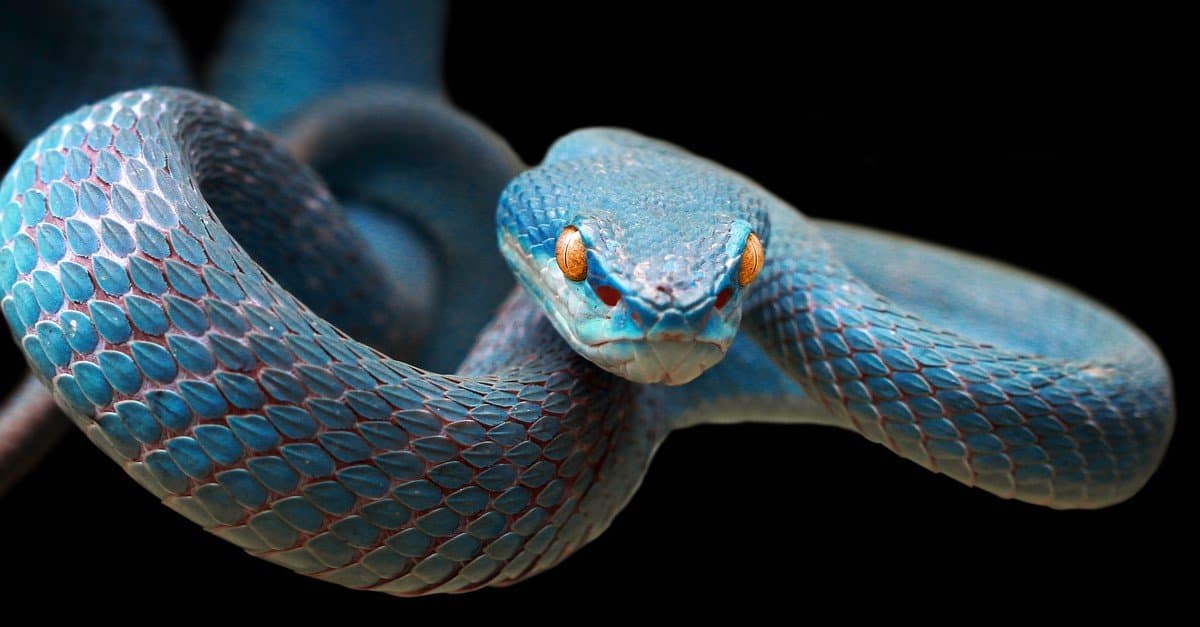Introduction
Encountering a snake in the wild can be a thrilling experience, however it can also lead to possibly lethal scenarios, especially if bitten. Among the numerous species of serpents discovered in Australia, the tiger snake attracts attention as a result of its hostile nature and potent poison. This post provides a detailed overview on first aid for snake bites, specifically concentrating on tiger snake experiences. Equipped with understanding and preparedness, you can substantially improve outcomes in case of a serpent bite.
First Aid for Snake Bites: A Step-by-Step Guide for Tiger Serpent Encounters
Understanding Tiger Snakes
What Are Tiger Snakes?
Tiger serpents ( Notechis scutatus) are one of Australia's a lot of infamous serpents. They are recognizable by their distinctive grouped patterns that look like a tiger's stripes, thus their name. These snakes are mostly discovered in seaside regions and marshes throughout southern Australia, including Tasmania.
Are Tiger Snakes Venomous?
Yes, tiger snakes are highly poisonous. Their poison has neurotoxins that impact the nervous system and can result in paralysis and even fatality if left unattended. It's essential to have proper understanding about these creatures and their habitats to lessen dangers when encountering them.
Tiger Serpent Environment and Behavior
Where Do Tiger Snakes Live?
Tiger snakes live in a range of environments ranging from coastal marshes and swamps to grasslands and forests. They like locations with ample cover such as thick vegetation or rocks where they can conveniently camouflage themselves from predators.

Behavioral Patterns of Tiger Snakes
These serpents are mostly nighttime but might likewise be energetic throughout the day. They exhibit defensive habits when endangered, such as hissing noisally or flattening their bodies to appear bigger. Comprehending their actions can help you stay clear of close encounters.
Identifying a Tiger Snake Bite
What Does a Tiger Snake Bite Look Like?
A tiger snake bite typically results in two leak injuries that may be accompanied by swelling, wounding, and discoloration around the bite location. Signs and symptoms might differ depending on the quantity of venom infused; some people may experience nausea or vomiting, throwing up, difficulty breathing, or paralysis.

Snake Attack Signs: What To Watch For?
- Pain at the bite site Swelling and bruising Nausea Dizziness Confusion Difficulty breathing
Recognizing these signs early is necessary for prompt treatment.
First Aid for Snake Bites: First Actions to Take
1. Stay Calmness:
The primary step is to keep calm-- this will assist reduce your heart rate and slow down the spread of venom through your bloodstream.
2. Call Emergency situation Services:
Promptly dial emergency situation services (e.g., 000 in Australia) for specialist clinical help.
3. Paralyze the Affected Arm or leg:
Keep the damaged arm or leg as still as feasible to avoid poison from spreading. Utilize a splint if available.
4. Maintain the Target Still:
Motivate the victim to remain still while awaiting medical help; movement can worsen symptoms.
What Not To Do When Treating a Serpent Bite
Avoid Common Misconceptions: What Really Doesn't Help?
- Do not apply ice straight on the bite area. Do not utilize a tourniquet, as this can cut off blood flow entirely. Do not suck out venom with your mouth. Avoid alcohol, as it can intensify symptoms.
It's critical to disprove these myths-- inaccurate actions can aggravate the situation significantly!
Creating Your Emergency treatment Kit for Serpent Bites
Essential Items for Your First Aid Kit:
A well-stocked first aid package specifically developed for snake bites should consist of:
|Item|Purpose|| ----------------------------|------------------------------------------|| Stress Plaster|To immobilize limb|| Splint|To support affected area|| Antibacterial Wipes|For cleansing small cuts|| Emergency Get In Touch With Card|Essential numbers|| User's manual|For quick referral on procedures|
First Help Management of Snake Bites: Thorough Steps
Assess Extent: Swiftly evaluate if it's a life-threatening situation. Positioning: Lay sufferers flat with feet raised unless they're revealing indications of trouble breathing. Monitor Important Indicators: Monitor breathing and pulse up until help arrives. Prepare for Transport: Preferably, prepare the target for transportation by emergency responders while ensuring they're comfortable.FAQs About Tiger Snake Encounters
1. What should I do if I see a tiger snake?
Stay calm, pull back gradually without prompting are yellow faced whip snakes venomous it, and seek safe sanctuary till it leaves the area.
2. Can tiger snakes swim?
Yes! Tiger serpents are outstanding swimmers and typically quest in water bodies.
3. For how long does it take symptoms to show up after a bite?
Symptoms can show up within mins yet may likewise take hours depending on different aspects like private reactions and poison potency.
4. Is there an antivenom available?
Yes, there is an effective antivenom offered specifically for tiger snake http://rylanzugl407.timeforchangecounselling.com/treating-a-tiger-serpent-bite-vital-emergency-treatment-tips-and-tricks bites provided by medical care professionals upon arrival.
5. How can I prevent snake bites?
Wear proper shoes http://rylanzugl407.timeforchangecounselling.com/first-aid-for-snake-bites-steps-to-save-a-life when treking or walking in bushland areas and remain vigilant while walking around known environments like marshes or marshes.
6. Are baby tiger snakes dangerous?
Yes! Baby tiger snakes are poisonous just like grownups; nevertheless, they tend to be much less hostile than completely grown samplings but need to still be treated with caution.
Conclusion
Understanding just how to react effectively throughout a tiger serpent encounter might conserve lives-- your own or someone else's! The significance of being prepared can not be overemphasized; knowing appropriate emergency treatment procedures enables you not only to act quickly yet intelligently when faced with such emergencies. Always bear in mind that avoidance is essential; knowing your surroundings can substantially minimize dangers related to snake bites.
With this guide titled "Emergency treatment for Snake Bites: A Detailed Guide for Tiger Snake Encounters," we hope you're better equipped both emotionally and physically to handle any type of unanticipated experiences with these interesting yet dangerous creatures!